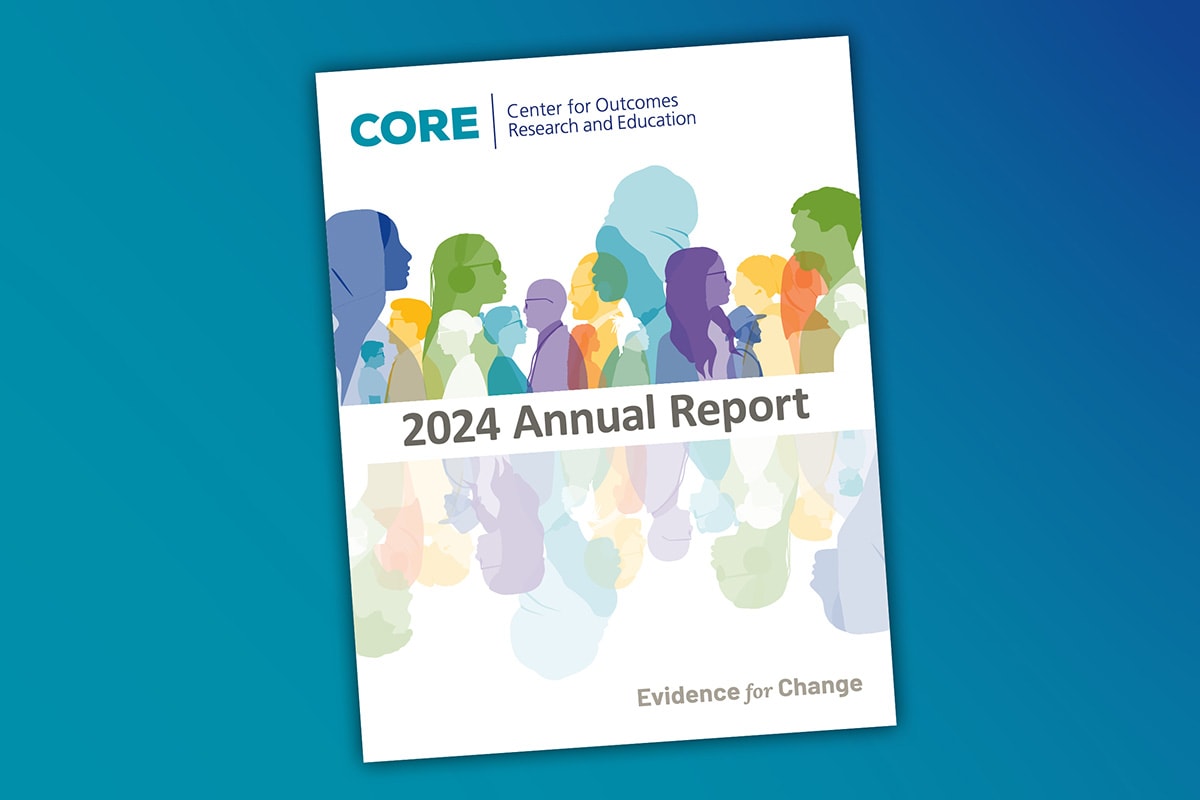Can software help improve suicide care in emergency departments?
- Emergency departments are on the front lines of suicide care & prevention, yet face challenges in providing standardized, evidence-based suicide care.
- Providence CORE is helping to evaluate a software tool designed to improve suicide care & outcomes.
- Initial findings indicate that overall, patients using the software experienced a significant reduction in both distress & agitation.
- CORE’s research provides insights that can help inform other systems and EDs.
More than 47,000 people die by suicide each year in the U.S., according to the Centers for Disease Control and Prevention (CDC), and hospital Emergency Departments (EDs) are often on the front lines of suicide care. Nearly half of patients experiencing a suicide crisis interact with the healthcare system within four weeks of dying by suicide. Yet many EDs face challenges in providing evidence-based care due to a lack of training, resources, or comfort with evaluating and treating these patients.
Responding to these challenges, Providence launched a pilot project in 2022 with software by Jaspr Health, which aims to help patients and health care providers achieve better outcomes in these sensitive situations. The Providence Center for Outcomes Research and Education (CORE) is studying the pilot project to understand how this software impacts patients and providers. While this research is ongoing, preliminary findings provide insights for both systems and emergency departments.
Emergency department suicide prevention for patients & providers
Jaspr Health is a software platform designed to support standardized, evidence-based suicide care across ED settings. It includes features for both patients and providers, such as suicide screening tools, risk summary reports, crisis safety planning, and comfort and skills videos, all co-designed with suicide science experts, people with lived experience, and health care systems.
Beginning in January 2022, Providence began using Jaspr Health in four EDs. CORE is collaborating with the project team to evaluate the tool's implementation and impact in the pilot ED sites, including its effects on patients. This includes monitoring utilization of the tool and analyzing patient confidence and readiness to leave the ED, satisfaction with the tool, and changes in distress and agitation.
Key findings from CORE’s evaluation
According to the mid-point report, between January 2022 and January 2023, 242 patients used Jaspr across the four EDs that began implementation during that period. Findings from CORE’s evaluation include that:
- Usage tends to be highest in the first few months of adoption and then levels off.
- Patients using Jaspr have significant health care needs and typically stay in the ED for an average of 11 hours before being discharged.
- Following the use of Jaspr, patients reported moderate levels of confidence and readiness to leave the ED, with 85% stating they were somewhat ready or very ready to leave.
- On average, patients using the tool reported a significant reduction in both distress and agitation.
Overall, the mid-point report findings suggest that this tool had a positive impact on patients. However, implementation has been slow, with technical, staffing, and other adoption issues creating challenges. CORE will continue to gather data create a final summary of Jaspr usage and experiences by the end of 2023.
"There is so much work to do in Behavioral Health, and it is critical that we focus on the projects that drive the most impact for our patients and communities. CORE helps us hone in on the data and show definitively the results we’re having with our patients and caregivers." - Julie McComish, Director of Mental Health Strategy, Providence Well Being Trust
Additional research will help the pilot team better understand the tool's impact on provider and patient experiences and any potential financial implications, such as changes in length of stay and admission rates. By understanding the implementation and impact of this tool, the team hopes to determine the potential for expanding it to other sites.
Related Resources



